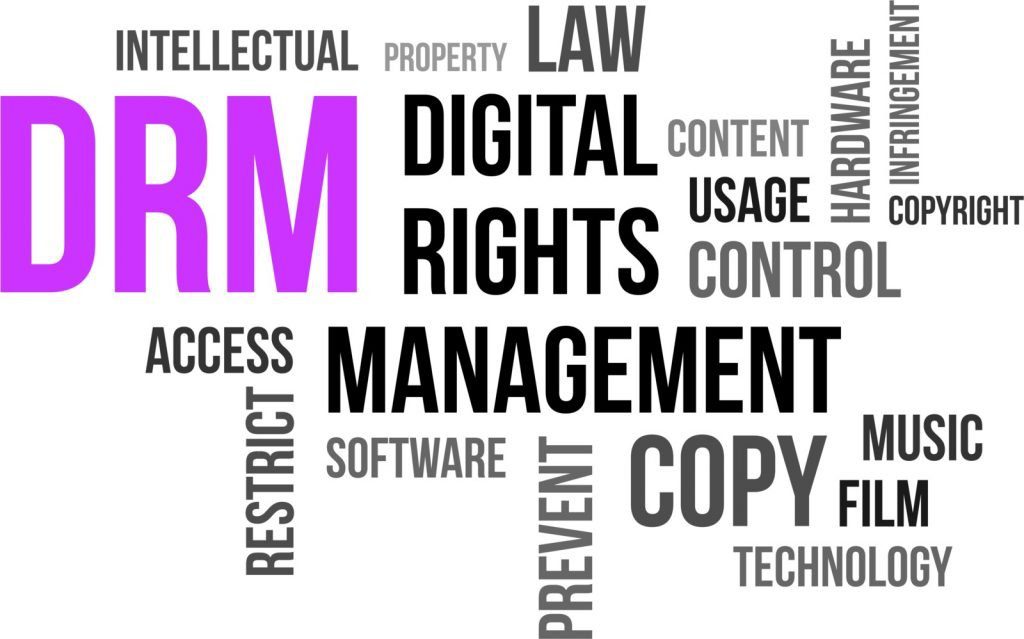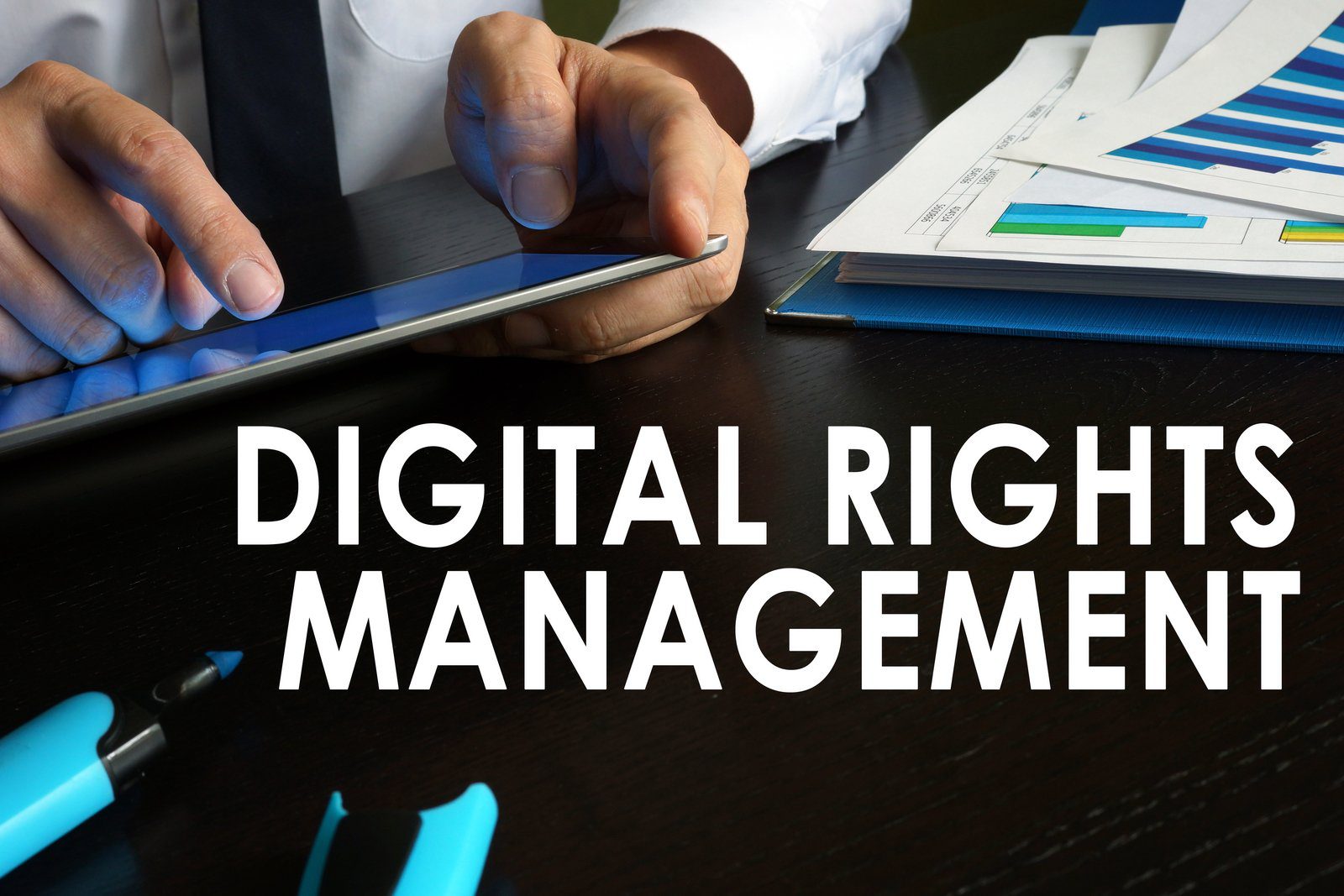Advice
Understanding The Evolution Of Digital Rights Management
Releasing a document online is a risky business, and even uploading information to a secure platform offers few assurances in a world of downloads and screenshots. After all, anyone can replicate, edit, and reproduce digital documents with some basic programs and a little skill – but that’s a real problem when many interactions, especially business activities, require this kind of sharing.
How, then, can businesses share important information without worrying about data leaks, document theft, forgery, and other malfeasance? It all comes down to using the right security tools for the job, with an emphasis on digital rights management.
Digital Rights Management – Origins And Evolution
While the technology that makes document theft and fraud so simple has come a long way over the last few decades, the principles and issues surrounding digital rights management are hardly new. In fact, you likely remember one of the most significant public fights over the issue: Napster and the early days of online music privacy – but even that watershed was a later landmark in the fight over digital rights management.
Concerns about piracy via Napster and other contemporary platforms like LimeWire led to the formalization of certain digital right management issues in law in the form of the Digital Millennium Copyright Act, but tech companies including IBM had been actively examining this issue since the 1960s.
By the 1980s, companies had actually developed effective means of controlling access, such as self-destructing software. These early attempts at protecting intellectual property were clumsy by today’s standards, but they demonstrated valuable principles and highlighted key industry concerns.

Digital Right Management Today
Given that technology now makes it possible for middle schoolers to replicate and modify documents to a higher standard than professional forgers of years past, it’s no surprise that businesses need much more complex tools than self-destructing software to solve digital rights management problems today.
But while movie studios can still format DVDs to prevent the average person from copying them and publishers can lock PDFs or Kindle files, many modern protections don’t do enough and can be easily subverted. With digital rights management software, however, businesses can feel confident that their materials are secure.
Among the features employed by digital right management tools are permissions settings regulating who can access documents, file expiration dates that limit how long they can be used for, easy access termination, and encryption. For businesses, such tools can help prevent the circulation of outdated documents, ensure past business partners no longer have access to the content they don’t need, and much more.
Blockchain: The Next Intervention
The latest innovation in digital rights management is, unsurprisingly, the use of blockchain to track file ownership and interactions, and while the practices are still limited, blockchain-style ledger systems are likely to dominate certain sectors in the coming years. While the labor involved in the blockchain is likely to make it technically prohibitive for all but the most high-stakes files, it can provide an added layer of security and ensure that ownership is traceable.
Digital rights management promises to be an ongoing challenge across industries, and because of the proliferation of owned digital content, remote business activity, and other online functions, almost all businesses will need to deal with it at some point.
Luckily, with the mainstreaming of simple digital rights management software, organizations can feel confident that they are taking the right steps to protect themselves, their clients, and their intellectual property.







